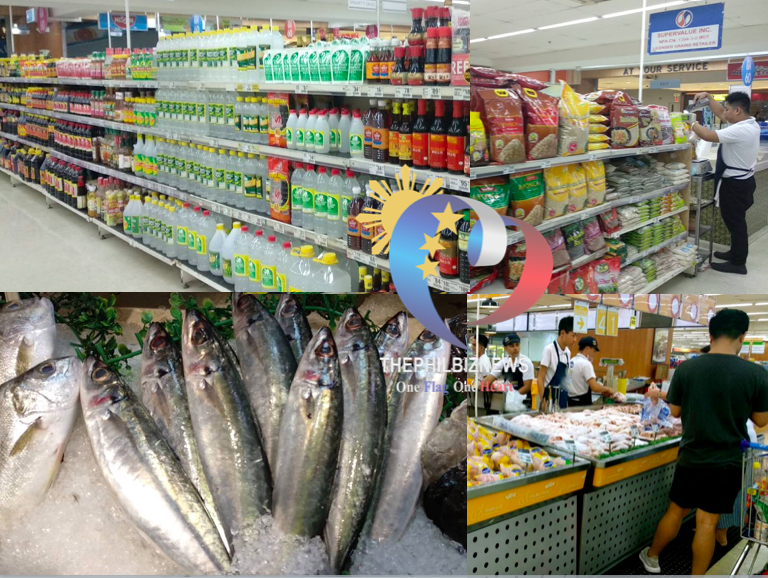Inflation likely to hit above 7 percent in the last quarter
 Photo File From THEPHILBIZNEWS
Photo File From THEPHILBIZNEWS
According to the analysts at ANZ Research, from 6.4% inflation the Philippines will likely soar above 7 percent from October to December this year and the rising prices is “a bigger challenge” in the country.
ANZ economists said that the forecast-beating inflation print last August, as well as the damage to agriculture caused by Typhoon Ompong imply that inflation this year will peak “significantly higher than initially expected.”
The inflation jumped to an over nine-year high of 6.4 percent in August due to food supply blockage, peso devaluation and the continuous oil price hikes in the global market. Apart from this, the excise taxes slapped on other goods last January also contributed to inflation.
Some analysts expect domestic inflation to jump higher in September after the powerful “Ompong” swoop down the farmland in northern Luzon where most of the country’s rice and vegetables are produced
“We estimate that inflation will remain above 7 percent for all of [fourth quarter] 2018,” ANZ Research said.
Meanwhile, the Bangko Sentral ng Pilipinas has delivered the much needed interest rate hikes of 1.5 percentage points since May, its strongest action against inflation since 2000.
The Monetary authorities have likewise conceded to missing their 2-4 percent target band for inflation this year and next, with inflation seen averaging 5.2 percent in 2018 and 4.3 percent in 2019.
In a statement issued last week, the Central Bank predicts inflation in September to spike at around 6.8 percent. If this happens, the last month’s inflation rate would be the fastest since the 7.2 percent recorded in February 2009.
To address food supply problem, President Rodrigo Duterte recently signed four orders seeking to streamline the entry and delivery of imported farm products.
The ANZ Research said, “The government has proposed nine measures, including lifting import restrictions on products like rice and sugar to curb inflationary pressures. These reforms are positive, in our view. We believe that a combination of monetary and non-monetary measures is essential to deal with both the demand and supply-side drivers of inflation.”
Philippine policymakers have been concerned about threats posed by soaring prices on the economy, which posted a sluggish growth of 6 percent in the second quarter, the slowest pace in three years.
Many analysts expect economic growth to continue to slow down on the second semester of the year as tighter monetary policy and higher inflation weigh on consumer spending, which accounts for about seven-tenths of the Philippine economy.
The actual economic expansion posted in the first half, ANZ Research said it expects a full-year growth of 6.5 percent this year for the Philippine economy, slightly lower than the previous estimate of 6.6 percent.
ANZ Research also said risks on the Philippine economy have become “more entrenched,” adding that firm domestic demand, higher inflation and diminishing external buffers increase the odds of further policy tightening.
As the inflation forecast is high, many is asking the President to address this urgent matter by suspending the implementation of excise tax in oil petroleum products under the TRAIN law as this drives the prices up and burdens a lot of Filipino people.














